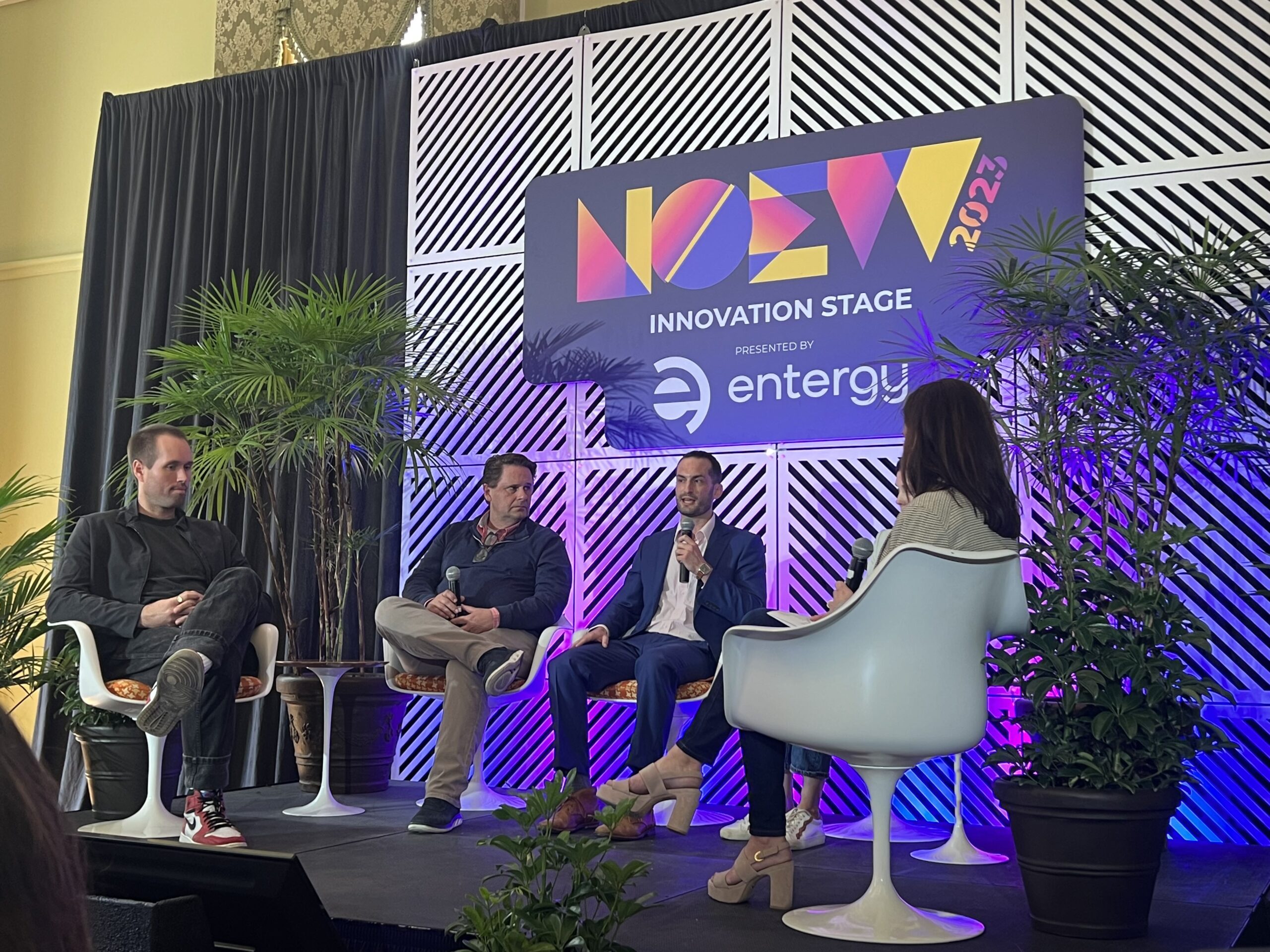Prompt Engineering with ChatGPT
By now, we’ve all heard about ChatGPT and maybe even played around with asking it questions that would have been impossible to answer just a few years ago. But how do you make the most of this tool? The answer lies in prompt engineering and finding the right inputs to create ideal outputs.
I was recently asked by the Society of Marketing Professional Services to lead three round table discussions at their annual workshop to discuss how to use AI in your marketing efforts. Just prior to that, I spoke at New Orleans Entrepreneur Week on a panel titled, “Artificial Intelligence (AI) in the Workplace: Maximizing Efficiency and Managing Ethical Considerations.”
I started my workshop and my panel discussion with the internal guidelines that our company set forth, a critical element for any organization thinking about using AI at work. However, the majority of the people I spoke to before, during, and after both talks were most curious about the idea of prompt engineering and where to get started.
In this post, we’ll recap what I discussed by exploring what prompt engineering is, how it works, and how it can be used with ChatGPT to create customized responses for a variety of applications.

What Is Prompt Engineering?
Prompt engineering involves creating custom prompts or questions that a machine learning model can use to generate responses. By providing specific prompts, the model can be trained to generate responses that are more relevant and accurate.
How Prompt Engineering Works with ChatGPT
ChatGPT is a large language model that has been trained on a massive amount of text data. When given a prompt, it generates a response based on the patterns and relationships it has learned from the training data. Prompt engineering with ChatGPT involves fine-tuning the model with specific prompts to generate more accurate and relevant responses.
To use prompt engineering with ChatGPT, you first need to select the prompts that you want to use. These prompts should be specific to your business needs and tailored to your audience.
Once you have your prompts, you can use them to fine-tune the ChatGPT model. This involves training the model on your specific prompts and responses so that it can generate more accurate and relevant responses in the future. With prompt engineering, you can create a more personalized experience for your users and improve the overall effectiveness of your AI tool.
Top 25 ChatGPT Prompts to Get Your Marketing Efforts Started
Creating prompts usually involves going from the very general to the very specific. As you get the AI tool to provide more responses, you can ask it to reference earlier answers so it feels more customized to your audience.
Below are my favorite prompts, broken up by category:
General Prompts:
- Can you tell me more about [my service]?
- What are some common misconceptions about [my industry]?
- How does [my company] differentiate itself from competitors?
- What are some trends in [my industry]?
- How has [my company] adapted to changes in the market?
Service-Specific Prompts:
- What are the key features of [my service]?
- Provide an example of how [my service] has helped a customer.
- How does [my service] solve a specific problem?
- What sets [my service] apart from similar offerings?
- Explain how [my service] works in more detail.
Industry-Specific Prompts:
- What are some common challenges that businesses in [my industry] face?
- How is [my industry] evolving in the next few years?
- What are some emerging technologies that are relevant to [my industry]?
- How has [my industry] been impacted by recent events or trends?
- What are some best practices for businesses in [my industry]?
Personalization Prompts:
- Examine my current website and marketing materials and provide me with a custom brand guidebook that outlines how we speak as a company.
- Examine [my brand] and provide three ideal customer personas in detail.
- Using [Persona B], explain how [my service] can greatly improve their business processes.
- Create a SWOT analysis of [my brand] in the Louisiana region.
- Name 3 competitors to [my band] and explain what makes [my brand] different.
- Create SMART goals for [my brand] based on current market trends, my competition, and the user personas you previously created.
- Craft separate cold emails to each of my personas based on different stages of the buying process.
- Using my brand guidebook and user personas, craft a month’s worth of social media posts that relate to [my industry] and correspond with upcoming national events, days, or holidays in the month of May.
- Rewrite my social media posts to include variations on each post that will perform best on Facebook, Instagram, and LinkedIn.
- Use this social media calendar to provide short-form video recommendations that will best explain [my service].

Using Prompt Engineering In Your Work Processes
As you can see in the final section, these personalized prompts aim to create custom responses that you can use to build out a brand messaging guide, create a S.W.O.T. analysis, generate audience personas, or write social media calendars.
The most important thing about using ChatGPT is to recognize that these responses are just a starting point. They need to be honed and refined before they can be shown public-facing. My suggestion is to let the AI tool do the first 10-20% of the work (just enough to eliminate writer’s block) and then have a human pick it up from there.
Prompt engineering is a useful trick to take your AI usage to the next level. The more you train these AI models, the more efficient you can be with your marketing efforts in the long term.
